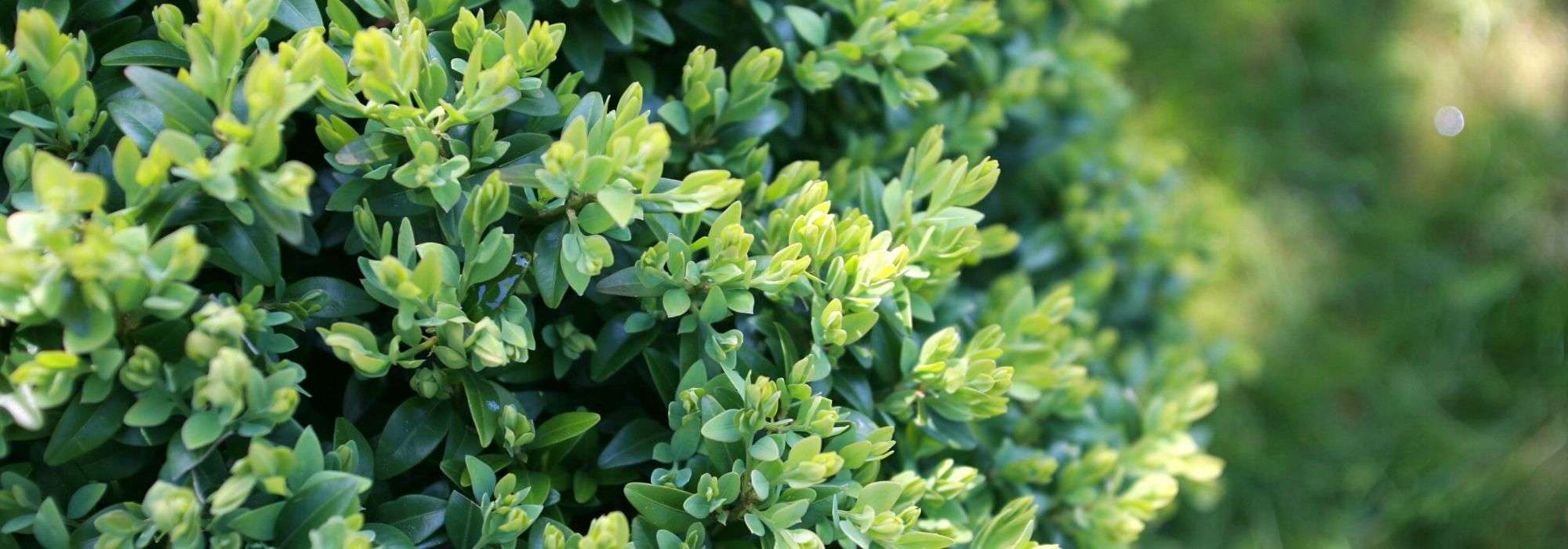
Boxwood: planting, pruning and care
Contents
Boxwood in a nutshell
- Buxus is a beautiful bush characteristic of French gardens: a great classic, elegant, and timeless!
- With its dense and evergreen foliage, as attractive in winter as in summer, it is essential for topiary art.
- Very accommodating and hardy, it tolerates a wide range of soils and exposures.
- Thanks to pruning, Buxus can take any shape you desire: ball, hedge, plant sculptures, border.
- Extremely graphic, this legendary tree is ideal for permanently structuring classic or contemporary-inspired gardens and terraces.
- Unfortunately, it is currently very vulnerable to the box tree moth present in many French departments.
A word from our expert
Boxwood is the shrub that best characterises the French garden! With its small, glossy foliage, this evergreen shrub, decorative all year round, is the king of topiary for creating plant sculptures through pruning as well as low borders or hedges trimmed into regular shapes. In recent years, it has also found its way into more landscaped and less formal gardens.
From dwarf varieties to small trees that can reach 2 m in height, there are different types of boxwood. The most commonly cultivated in our gardens is undoubtedly theBuxus sempervirens or common boxwood, which we offer in ‘ball’ boxwood or in a variegated version. In the wild, boxwood can grow to heights of 4 to 6 metres.
Boxwood has remarkably hard wood that has been highly sought after since antiquity for making musical instruments, tools, and more.
Very resistant to diseases, hardy, it literally does not care about the soil it grows in, the cold, and thrives in any sunny or partially shaded situation. Once considered indestructible, boxwood is, however, being planted less and less, largely due to the box tree moth, which weakens or destroys many specimens each year.
How to save a yellowing boxwood, how to prune boxwood, or how to replant boxwood, discover the advice from our gardening experts and our selection of boxwood that combines simplicity and robustness.
Timeless, whether in a free or trimmed hedge, as a free shrub, in topiary, or in bonsai shaped by the gardener’s hand, boxwood lends itself to all your desires!
Description and botany
Botanical data
- Latin name Buxus
- Family Buxaceae
- Common name Box
- Flowering April-May
- Height 0.30 to 10 m
- Exposure Sun, partial shade, shade
- Soil type all types of soil
- Hardiness -15°C
Box, in Latin Buxus, is a bush from the Buxaceae family, like Sarcococca and Pachysandra, native to the Mediterranean basin but also to Asia Minor, where it grows up to 1600 m in altitude. It can be found in the wild on the arid, limestone slopes of Corsica as well as in certain regions north of the Loire, notably in Germany, England, southern Belgium, Luxembourg, and Switzerland. Its geographical distribution is very vast, making it capable of adapting to all types of soil and climate.
While the genus Buxus comprises around 30 species, the most commonly cultivated in our gardens is undoubtedly the Buxus sempervirens, the common box and its numerous cultivars such as ‘Elegans’, with variegated foliage, or ‘Suffruticosa’, the box with a border. The Buxus microphylla, the box with small leaves, and its most well-known variety ‘Faulkner’, a must for topiary or bonsai and pot cultivation, are also encountered.
Growing at a very slow rate, the box forms a persistent shrub, decorative all year round, from a network of fine, highly ramified roots, with heights ranging from a few dozen centimetres for dwarf species to 5 m for the tallest species. It has a dense, more or less compact, bushy, highly branched, and homogeneous habit that lends itself to all types of pruning, from the most geometric to the most fanciful and topiary art; thus, you can maintain it as a low border not exceeding 15 cm in height or create spectacular spirals or pyramids of 2 m in height or animal figures.
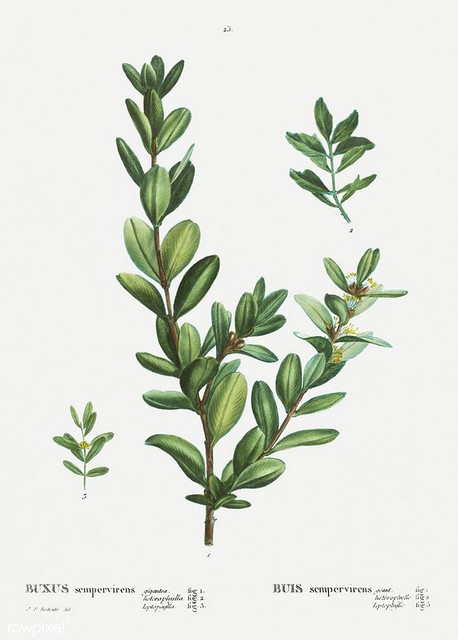
Buxus sempervirens – botanical illustration by P.J. Redouté
Its extraordinary slow growth is matched only by its remarkable longevity: the box grows only 5 to 10 cm per year but lives for a very long time, with many box plants over a hundred years old found in large French gardens. A box requires years to achieve the desired final shape. The Buxus balearica or “Mahon box” is distinguished by a faster growth rate.
The wood of the box, a whitish-yellow colour, is remarkably hard and dense, being one of the densest in the vegetable kingdom (just behind ebony).
The dark green, glossy, persistent, and leathery foliage throughout the year is the main attraction of this shrub. It consists of a multitude of small, alternate, opposite leaves, borne on square-section branches covered with smooth, light grey bark. Lanceolate, ovate, or rounded, they are very slightly notched at their tips and measure 2 to 4 cm long, releasing a typical scent, sometimes deemed unpleasant. The Buxus microphylla has smaller leaves. Generally light green to emerald green, with a shinier underside, they are narrower and widely margined in white in the Buxus sempervirens ‘Elegans’ and in Buxus microphylla ‘Golden Dream’. The Buxus sempervirens ‘Myrtifolia’ is distinguished by its oval leaves resembling those of blueberries.
In autumn or winter, sometimes earlier, under the effect of frost, the foliage takes on a bronze or orange hue. The foliage of the box is variable; in humid or shaded areas, it will be a darker green, while in very dry, sunny spots, it will take on lighter tones.
These beautiful bushy clumps, interesting for their foliage, are adorned in spring with rather insignificant flowering of little ornamental interest. From March to April, depending on the climate, very discreet flowers appear grouped in clusters at the axil of the leaves. Each cluster consists of several male flowers grouped around a female flower. These star-shaped inflorescences, cream in colour, display a bouquet of yellow stamens and resemble those of the orange flower. They are fragrant, highly melliferous and nectariferous, and are highly sought after by bees.
They are followed by the formation of small fruits, three-horned capsules containing shiny black seeds that mature at the end of summer, easily dispersed by ants. These fruits exude a juice from which bees make delicious honey.
Easy to cultivate, hardy down to -15-20°C, the box fits into all our regions and tolerates almost all soil and exposure conditions, although it prefers neutral or slightly calcareous, rich, and well-drained soil. Growing slowly, the box is the essential plant for creating borders of all sizes and can even be grown in pots. With its always green silhouette, it also provides structure to flower beds, highlights paths, and can delineate plant squares in structured gardens.
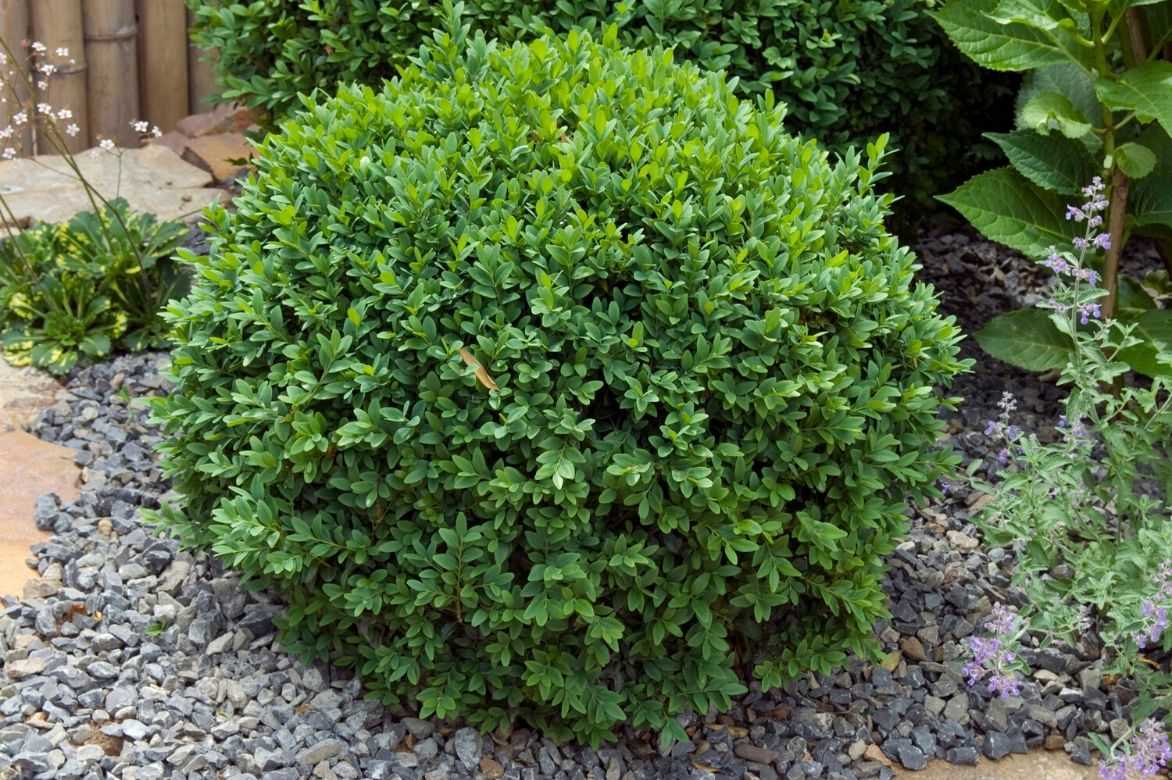
Box trimmed into a ball
Box is the most prized plant in topiary art, as it lends itself to all types of pruning, whether classic, modern, or animal-shaped.
At Easter, during the “Palm Sunday” celebration, like the olive tree, the box is blessed to symbolize immortality and resurrection. Decoctions of box leaves can also be made, and it is available in the form of capsules of leaf powder, valued for their draining properties.
The wood of the box has always been highly sought after by turners and sculptors who appreciate it once polished, for the making of spinning tops, flutes, tool handles…
Read also
Topiary: when and how to prune them?Main species and varieties
On mainly finds Buxus sempervirens and its numerous cultivars, which are distinguished primarily by the colour, shape, and size of the leaves. Some are perfectly suited for topiary, while others are ideal for pots or for low to medium borders.
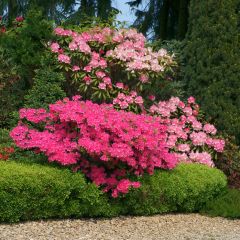
Buxus sempervirens Suffruticosa - Boxwood
- Flowering time April, May
- Height at maturity 70 cm
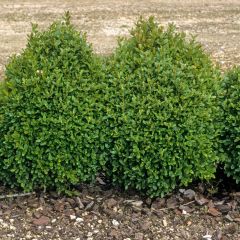
Buxus sempervirens Suffruticosa - Dwarf Common Boxwood
- Flowering time May, June
- Height at maturity 1 m
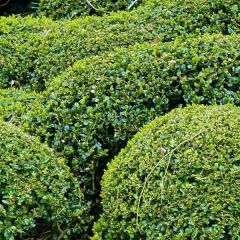
Buxus sempervirens - Boxwood
- Height at maturity 1,50 m
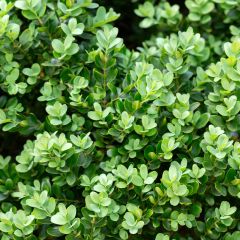
Buxus microphylla Faulkner - Boxwood
- Flowering time May, June
- Height at maturity 1 m
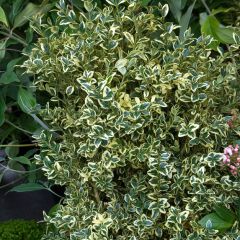
Buxus sempervirens Elegans - Boxwood
- Flowering time May, June
- Height at maturity 1,50 m
Discover other Buxus - Boxwood
View all →Available in 1 sizes
Available in 4 sizes
Available in 4 sizes
Available in 1 sizes
Available in 1 sizes
Available in 1 sizes
Available in 1 sizes
Available in 2 sizes
Planting
Where to Plant box?
Hardy down to -15-20°C, Boxwood can theoretically be planted anywhere in France. However, if your region is affected by the box tree moth, we advise against planting it and recommend considering alternatives instead. To discover these, check out this article: Which bushes to replace boxwood?
It is very accommodating and adapts to all types of soil, climates, and exposures. It prefers full sun, although it will also grow in partial shade or shade. Despite its thick foliage that can withstand even fires, it may struggle in overly hot exposures that could cause yellowing in our warmest regions. It will develop more vigorously in shaded areas.
It tolerates all types of soil, even clay, but will establish more quickly in neutral or slightly calcareous, rich, well-drained soil, as it does not tolerate waterlogged conditions during winter, being quite sensitive to fungi. In the northern Loire region, avoid planting boxwood in overly shaded areas where moisture-related diseases could develop more rapidly.
Extremely graphic, boxwood forms lovely green clumps throughout the year in large or small, very graphic borders, in garlands within well-maintained low hedges to delineate spaces in a structured garden, filling gaps in a flowerbed. It also fits well in a slightly wild area of the garden, such as under large trees. It is essential for creating the structure of a French garden.
In kitchen gardens or potagers, it can delineate squares of aromatic plants. It can also be grown in pots on terraces or balconies for its strong decorative value all year round. Hardy, it tolerates pollution well and will easily find its place in city gardens.
When to Plant boxwood?
Planting boxwood is done in spring from February to March after frosts, or in autumn from September to November in warm climates.
How to plant boxwood?
In the ground
To create a boxwood border, count 5 pots per metre, or every 15 to 20 cm. For a hedge, space boxwood plants about 60 cm to 1 m apart. It requires good drainage, as its roots do not like stagnant moisture. In a flowerbed, feel free to group them in threes or fives to create a beautiful mass effect.
- Dig a hole wider than deep, as boxwood roots are shallow
- Loosen the soil well
- Spread gravel 10 cm thick at the bottom of the planting hole
- Place the root ball
- Fill in with the extracted soil mixed with compost and turf
- Firm down and then water
In a pot
Planting boxwood in a pot is common; in a terracotta, ceramic, or stone container that is wide and deep, plant your boxwood in a mixture of equal parts garden soil and compost. Boxwood does not tolerate having its roots in water: line the bottom of the pot with a layer of gravel or clay balls. Firm down and water. It will form a permanent bush on a terrace or balcony preferably shaded to avoid excessive heat at the roots and prevent its leaves from scorching.
→ Also read our tutorial: Planting boxwood in bare roots
How to care for boxwood?
Besides regular pruning, boxwood requires very little attention.
In the ground
Ensure to water it during the first few years after planting. South of the Loire, and in case of prolonged drought, water more regularly, every 15 days in spring and once a week in summer.
In hot and dry weather, provide an organic mulch and water more generously.
In pots
In pots, boxwood is not afraid of frost or temporary drought, so it can spend the winter outdoors without any issues. In the harshest regions, preferably place the pot out of reach of extreme frosts. In spring and autumn, apply a “special boxwood” fertiliser. In summer, do not let the root ball dry out too much.
Repot in autumn or spring every 3 to 5 years in a larger pot.
When and how to prune boxwood?
With its compact and always green foliage, boxwood can be shaped with precision and perseverance or simply left to grow freely. It is the most popular bush for all types of topiary, from the simplest to the most complex, whether animal-shaped, geometric, or whimsical.
→ To learn everything, discover our articlet: Boxwood: when and how to prune it?
Boxwood diseases
Boxwood is quite robust but can be susceptible to certain diseases and pests. Regularly observe your boxwoods to quickly spot any pests so you can intervene accordingly. Note: boxwood is sensitive to herbicides.
Boxwood pests
Among its public enemy number one is the box tree moth, a caterpillar that causes considerable damage, ultimately leading to the complete decline of the boxwood. Remove the most affected plants and replace them with equivalent shrubs that are less sensitive.

Caterpillar and butterfly of the infamous box tree moth
Scale insects, which have a comma-shaped body, gather in colonies on the branches, causing them to yellow and eventually decline.
To combat the boxwood psyllid, which leaves a white cottony mass on young shoots, spray with nettle or horsetail manure, effective due to their repellent effect.
The boxwood gall midge is a true scourge that feeds on sap and causes discoloured swellings on the leaves that turn yellow-orange.
The boxwood spider mite is identifiable by the silver streaks it leaves on the foliage.
The boxwood phytoptus, another mite, causes deformation of young shoots and the formation of galls.
For these mite species, treatment with an acaricide is possible.
Boxwood diseases
Boxwood is also threatened by Cylindrocladium buxicola, a fungus that causes brown, round spots on the leaves and black streaks on the stems, leading to decline in just a few days. The leaves eventually dry out completely and fall off, causing the boxwood to die suddenly within weeks: avoid poorly drained soils, water at the base and not on the leaves, prune diseased stems back to a healthy area, and burn them. Volutella buxi is another parasitic fungus affecting boxwood, which also causes leaf decline, yellowing of leaves in tufts, and lesions on the branches. Treat as for Cylindrocladium buxicola.
These two boxwood fungi thrive in humid climates.
A fungicide is ideal for combating these boxwood diseases; you may also spray with sulphur as a preventive measure.
Rust appears as small brown spots on young foliage, especially during a humid summer. While not harmful, it is primarily unsightly. As a preventive measure, treat with a solution of manure or horsetail decoction.
Other boxwood symptoms
Under the effect of intense frost, young shoots may yellow following a spring frost, leading to spectacular discolouration and browning but without consequence: new leaves will replace the damaged foliage.
Note: there are organic treatments available for your boxwoods. However, given the challenges that boxwoods now pose in the garden, discover our selection of shrubs that make excellent alternatives to boxwood.
Multiplication of boxwood
If sowing boxwood is only possible for typical species, it requires a great deal of patience. Propagation by cuttings remains the simplest method to multiply boxwood.
- At the end of summer, take semi-ripe shoots 10 to 15 cm long
- Remove the lower leaves from the stems
- Insert these cuttings three-quarters deep into trays or pots filled with potting mix and soil
- Keep the substrate moist throughout the winter
- Maintain in a cold frame and transplant into open ground after one or two years, as the rooting of boxwood is very slow
Associating boxwood in the garden
Trimmed to perfection or left free, classic or whimsical, due to its ease of shaping, Boxwood offers endless possibilities for gardeners. Trimmed boxwood always has a strong presence in the garden. The true graphic qualities of boxwood naturally assert themselves in the design of a contemporary garden, all while maintaining simplicity.
In a slightly wild area of the garden, it will also form lovely green bushes all year round. It will find its place in cottage gardens to delineate vegetable patches, herb beds, or cutting flowers. The reassuring permanence of boxwood sustainably structures a geometric flowerbed, marks pathways, and borders a terrace. Its persistent silhouette always punctuates the landscape in a garden or in a pot on a terrace, allowing for the creation of perfect symmetry.
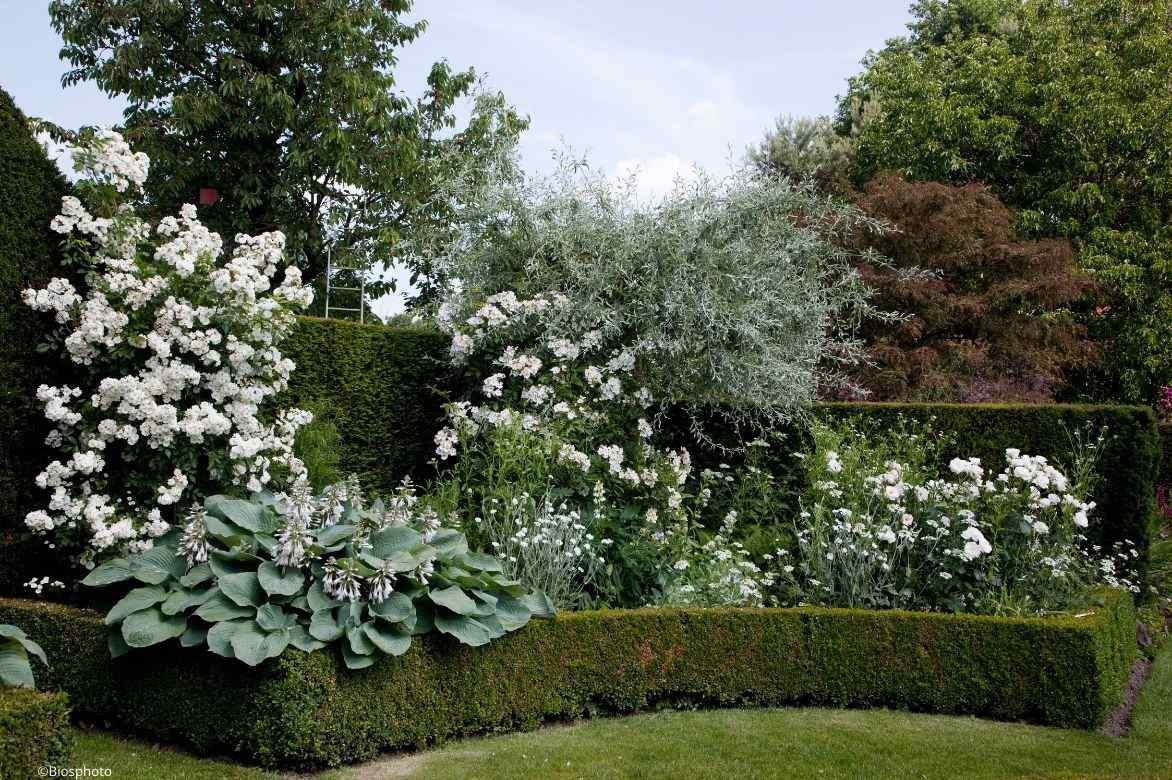
An example of association in a white garden: rose ‘Maria Mathilda’, Pyrus salicifolia ‘Pendula’, Hosta sieboldiana var elegans, Buxus sempervirens, Lychnis coronaria ‘Alba’, rose ‘Guirlande d’Amour’, Camassia leichtlinii white, Centranthus ruber ‘Albus’, Orlaya grandiflora…
It is perfect for creating true green garlands, blending into the mass to highlight all neighbouring plants. In a city garden, it will advantageously replace hedges of thujas or privets. Boxwood allows for a beautiful garden even in winter.
In shrub beds, boxwood can be paired with more exuberant plants and lighter foliage such as that of ceanothus. The strict appearance of boxwood will contrast with opulent roses, perennials, or slightly wild annuals like yarrow, asters, cosmos, cleomes, and Coreopsis. In a graphic garden, play with contrasting shapes using grasses like Stipa tenuifolia, Gigantea, pennisetum. Compact, boxwood also helps fill gaps in a flowerbed.
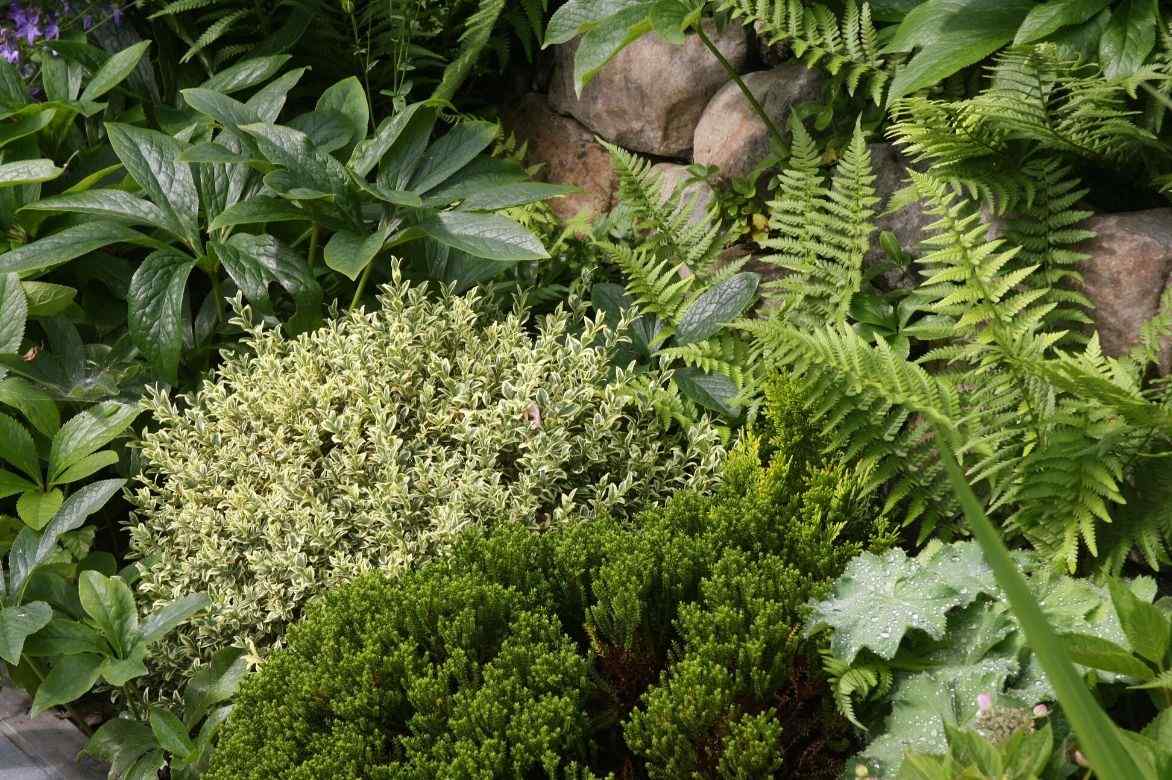
An example of foliage association: Buxus sempervirens ‘Elegans’, Oriental hellebore, Hebe ‘Emerald Green’, lady’s mantle, and ferns
It can also be accompanied by dwarf conifers or other small shrubs like crenate holly, Euonymus fortunei, and japonicus to create persistent green bushes in a clean, modern flowerbed. In a border, it can alternate with Cotoneaster.
In a lovely woodland scene, it will emerge from a carpet of ivy or Vinca Minor, neighbour a Pachysandra, and serve as a backdrop for winter heathers, Heucheras, and small spring or summer bulbs.
In a zen garden or Japanese garden, boxwoods with very rounded shapes will neighbour a Ilex crenata shaped into a cloud tree (Niwaki) and a non-invasive bamboo like Fargesia murielae ‘Bimbo’, small Acer palmatum, and Japanese forest grasses. With its beautiful variegated foliage, Buxus sempervirens ‘Elegans’ will look stunning alongside a Choisya ternata ‘Sundance’.
Did you know?
Buxus sempervirens was undoubtedly the most prized bush in French gardens during the 17th and 18th centuries, particularly by Le Nôtre, gardener to Louis XIV, who extensively introduced it into the gardens of the Palace of Versailles. The use of boxwood then became widespread in bourgeois gardens as well as in English gardens.
The pruning of boxwood has been elevated to the status of an art—topiary—and continues to be a highlight in the gardens of Villandry and Gourdon in France. Forgotten in the 18th and 19th centuries, topiary has regained its nobility in recent years, inspiring contemporary landscapers, even in our small city gardens.
Frequently asked questions
-
My boxwood is turning yellow: what should I do?
Several causes explain the yellowing of a boxwood: pathogenous fungi or the presence of caterpillars. In the case of a cryptogamic disease, spray with sulphur as a preventive measure, especially in cool and humid weather. Another significant cause of yellowing is the boxwood moth, which feeds on the leaves and leads to the death of your boxwoods. It can be controlled by spraying with Bacillus thuringiensis; follow all our advice to combat this devastating insect in our dedicated guide.
- Subscribe!
- Contents
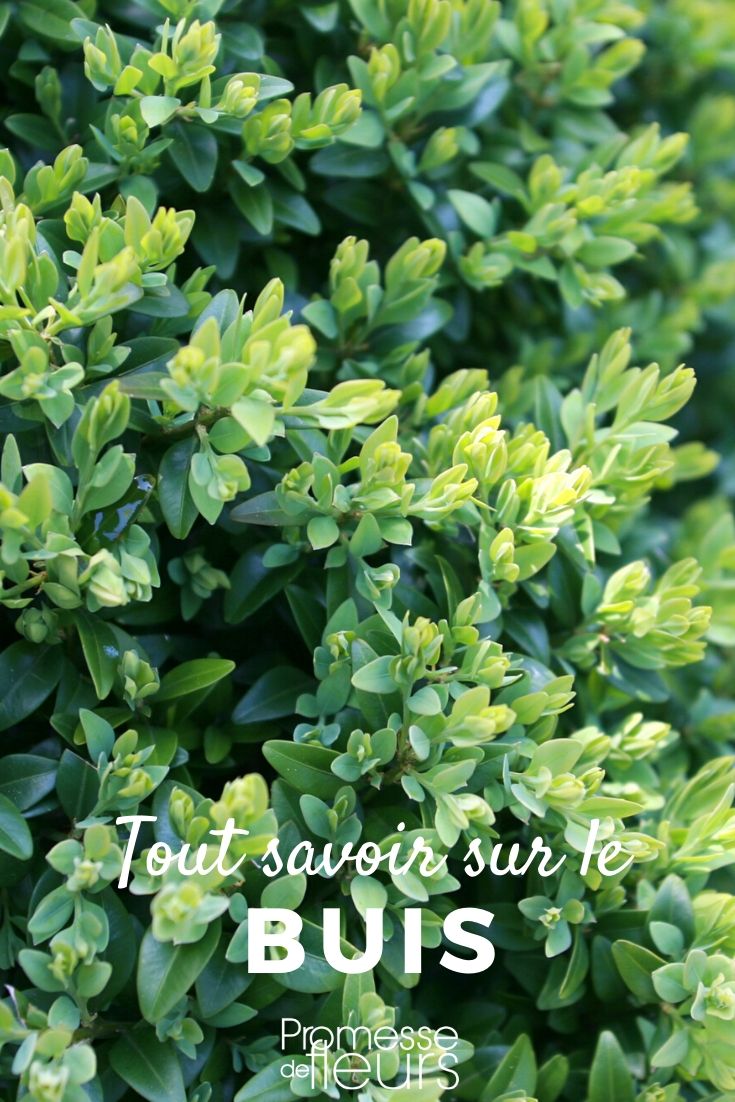


































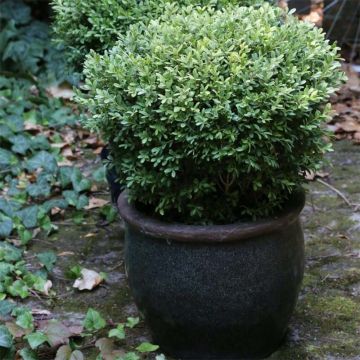
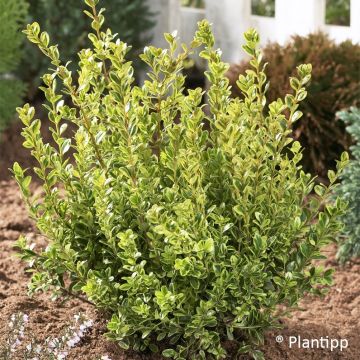
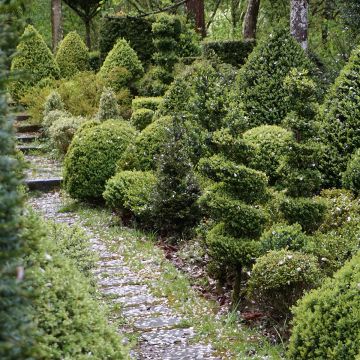


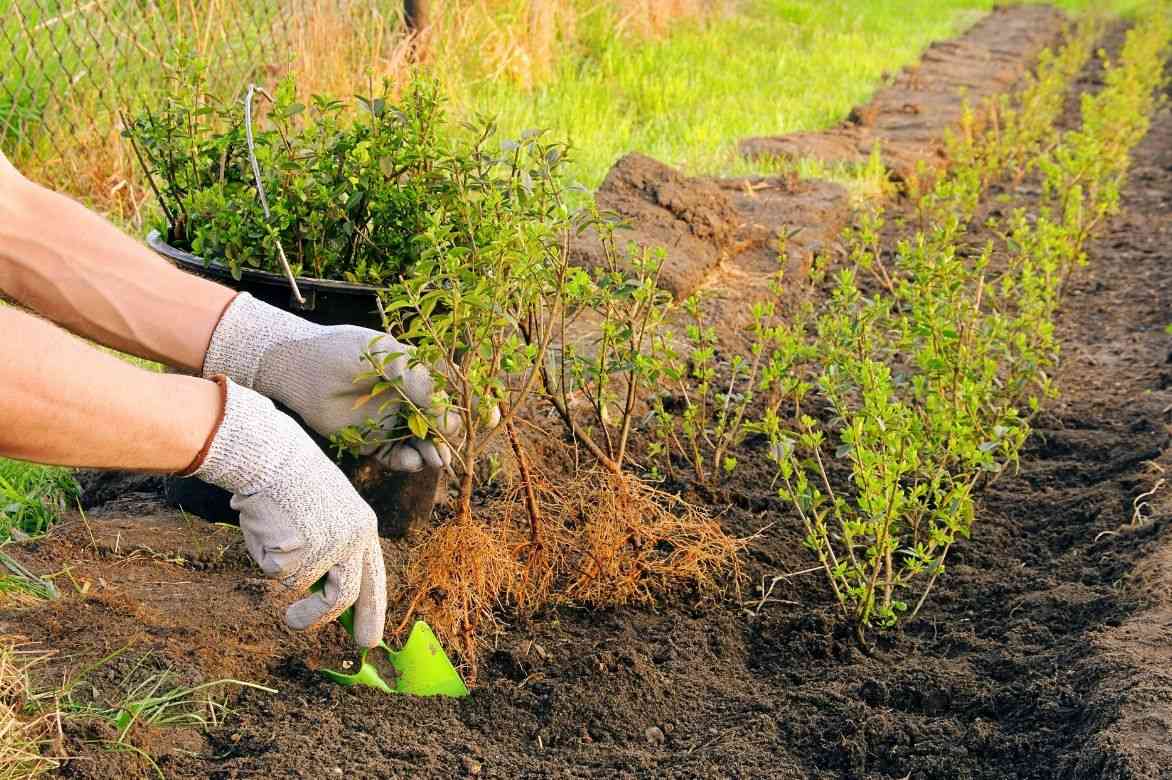
Comments